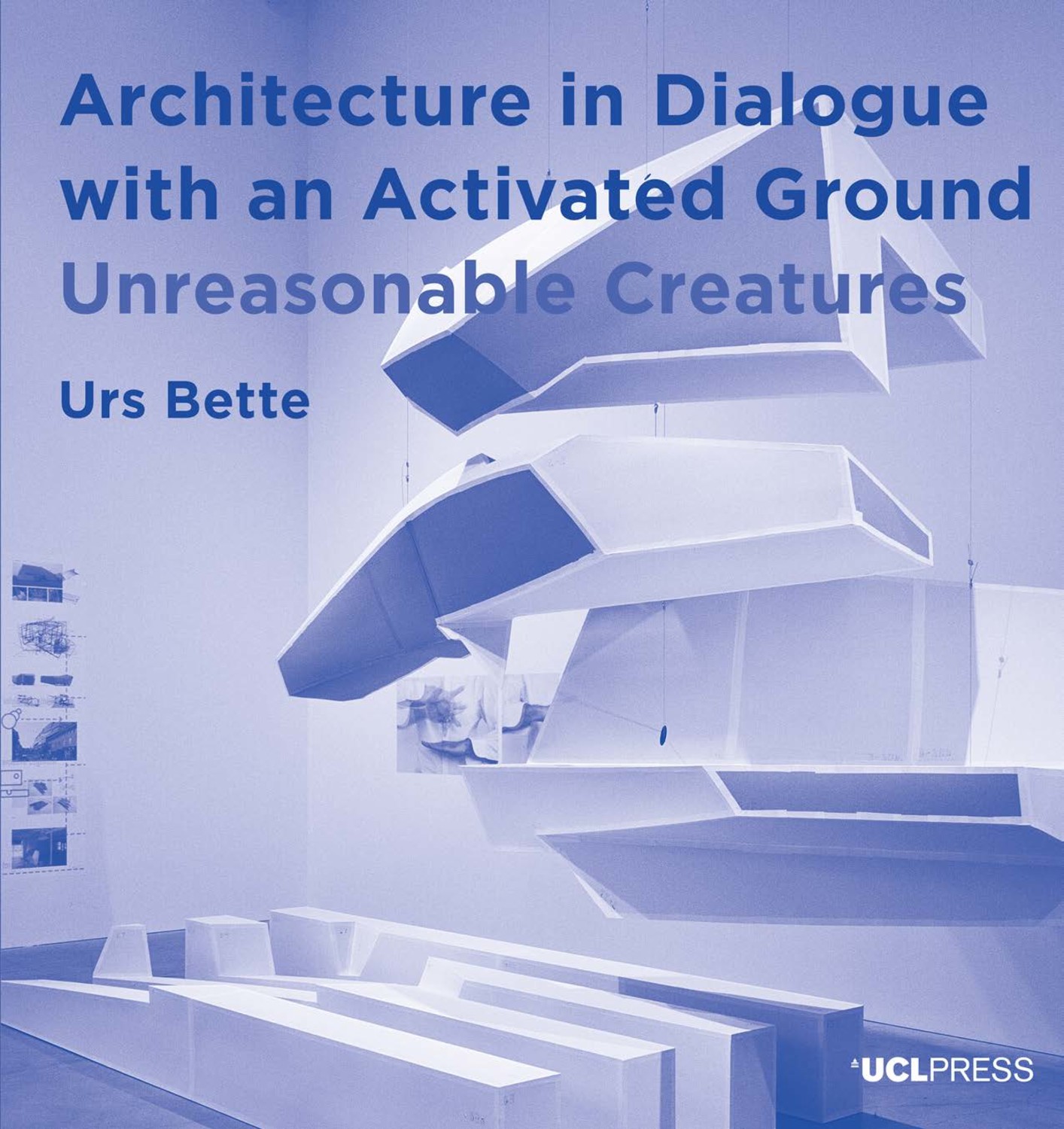Architecture as a Way of Seeing and Learning
The built environment as an added educator in East African refugee camps
Nerea Amorós Elorduy
At the beginning of 2020, 66 long-term refugee camps existed along the East African Rift. Millions of young children have been born at the camps and have grown up there, yet it is unknown how their surrounding built environments affect their learning and development.
Architecture as a Way of Seeing and Learning presents an architect’s take on questions many academics and humanitarians ask. Is it relevant to look at camps through an urban lens and focus on their built environment? Which analytical benefits can architectural and design tools provide to refugee assistance and specifically to young children’s learning? And which advantages can assemblage thinking and situated knowledges bring about in analysing, understanding and transforming long-term refugee camps?
Responding to the extreme lack of information about East African camps, Nerea Amorós Elorduy has built contextualised knowledge – nuanced, situated and participatory – to describe, study and transform the East African long-term camps, and uncover hidden agencies in refugee assistance. She uses architecture as a means to create new knowledge collectively, include more local voices and speculate on how to improve the educational landscape for young children.
With this book, Amorós Elorduy brings nuance, contextualisation and empathy to the study and management of long-term refugee camps in East Africa. It is empathy, she argues, that will help change mindsets, decolonise humanitarian refugee assistance and its study. Crossing architecture, humanitarian aid and early childhood development, this book offers many practical learnings.
Nerea Amorós Elorduy is an architect and researcher with extensive experience in
sustainable, educational and health projects in East Africa. She is founder of the
interdisciplinary design practice and think tank Creative Assemblages based in
Kampala, and guest professor at the UIC in Barcelona. Her work has been
internationally recognised with awards, publications and exhibitions.
Foreword
Introduction The spatial and educational paradox of the long-term refugee camp Limited and biased knowledge Participation and decolonisation Study area and case studies Mapping and PAR Integrating theory, practice and research
Chapter 1 The urban turn: informality, co-modification and assemblage The nascence of the urban turn Informality Co-modification Assemblage thinking East African urban turn, a way forward?
Chapter 2 Ever-evolving assemblages: the built environment of seven East African long-term camps The beginning of refugee encampment policies in Eastern Africa The continuation of encampment and its effects on young children Complex, heterogeneous and ever-evolving encampment territories A multi-scalar spatio-temporal analysis Interactive and static characteristics of encampment assemblages Ever-changing, proto-urban learning assemblages
Chapter 3 Refugee-led: observed, imagined and tested spatial Interventions The power of place-making Extracting from urban theory Observed quiet encroachment and everyday life practices Refugee-imagined radical incrementalism Tested transversal spatial appropriations Conscious radical incrementalism
Conclusions Through the eyes of an architect Research by architectural design
Next steps
Key concepts
Acronyms
Bibliography
Index
Format: Paperback
Size: 229 × 216 mm
218 Pages
1 B&W table, 5 B&W illustrations, 5 B&W photo/halftones, 54 colour photo/halftones, and colour illustrations
Copyright: © 2021
ISBN: 9781800080126
Publication: August 16, 2021
Series: Design Research in Architecture
Related products
Architecture in Dialogue with an Activated Ground
Architecture in Dialogue with an Activated Ground sets out to validate the ...Architecture's Model Environments
Seen through the distilling lens of the architectural model, Architecture’s M...Experiments with Body Agent Architecture
Experiments with Body Agent Architecture puts forward the notion of body agen...Architecture in Dialogue with an Activated Ground
Architecture in Dialogue with an Activated Ground sets out to validate the ...






